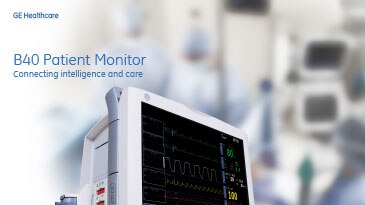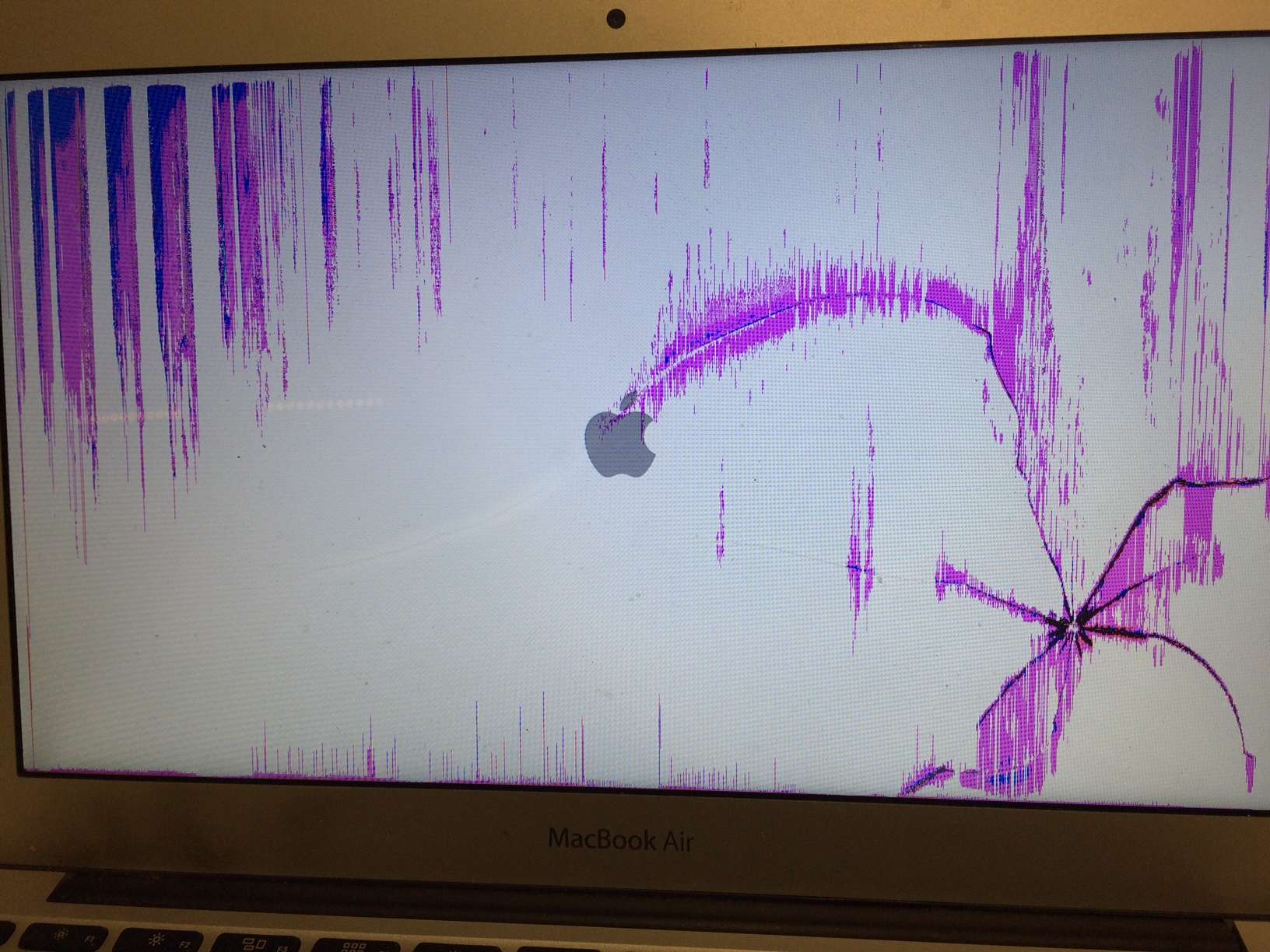- Lg Mac Monitor
- Mac Monitors For Sale
- Data Usage Monitor For Mac
- Add Monitor To Mac
- Best Monitors For Mac
Designed for Mac devices, the Thunderbolt 3 port lets you connect a variety of supported devices for quality video, audio and data transfer. This LG 27-inch UltraFine 5K monitor has a pair of 5W speakers, a microphone and webcam for simple video conferencing, and the 178-degree viewing angle produces crisp visuals from almost any direction. This LG monitor supports USB-C and Thunderbolt. The Thunderbolt 3 charges the Mac mini, and the three USB-C ports offer 5Gbps downstream. Its 27 inches big, which is about the size of Apple's larger iMac, and has a similar P3 wide color gamut with 500 nits brightness.
DATA SHEET 3 McAfee Application Data Monitor 2821 Mission College Boulevard Santa Clara, CA 95054 888 847 8766 www.mcafee.com Learn More For more information, visit email to accomplice@gmail.com. How to monitor overall energy use See real-time CPU, network, or disk status in the Dock It’s easy to keep an eye on your system status without even looking at the Activity Monitor window—you can monitor your CPU, network, or disk usage as a live graph right in the Dock.
Close unresponsive apps and processes
When your system is acting sluggish or simply not responding, an app or process may be the source of the problem. You can use Activity Monitor to locate the troublesome app or process and force it to quit.
See how much energy your Mac is using

You can find out how much energy your Mac is using, and see which apps or processes are using the most energy.
See real-time CPU, network, or disk status in the Dock
It’s easy to keep an eye on your system status without even looking at the Activity Monitor window—you can monitor your CPU, network, or disk usage as a live graph right in the Dock.
To browse the Activity Monitor User Guide, click Table of Contents at the top of the page.
Data collection via eXplorer Data Collection Agent (DCA) in Apple Mac or Linux environment
The eXplorer Data Collection Agent (DCA) is also available for non-Windows operating systems: this component must be installed on a system present in the Client’s LAN, to perform the operations of reading data from the printers.
To allow all customers who do not have a Windows PC or Server to install the eXplorer Data Collection Agent (DCA) the following versions have been released:
- eXplorer DCA Mac 3.0 can be installed on versions of MacOS starting from from version 10.10 Yosemite onwards. This version is recommended for installation on the latest MAC systems;
- eXplorer DCA Mac 2.0 can be installed on MacOS versions prior to version 10.13 High Sierra. This version can be used on older MacOS systems that are not expected to be updated to the latest versions of MacOS;
- eXplorer DCA Linux 1.0 installable on PC or Server with Linux distributions Debian 9 and Ubuntu 17/18;
- eXplorer DCA Linux 1.0 installable on RaspberryPI3 Model B devices with official Raspbian GNU/Linux 9 (Stretch) distribution.
The information is transmitted to the Server components using the HTTP / HTTPS protocol. All eXplorer DCA versions use the SNMP protocol for reading. It is a prerequisite for the service that the software eXplorer DCA has Internet access to the Server components via HTTP or HTTPS.
Technical characteristics of the eXplorer DCA Mac / Linux module
Printer data collection is performed using the software eXplorer DCA Mac / Linux, which has the following technical details and functionality:
- It is installed on a system inside the Customer’s network, which has access to the Internet using the HTTPS protocol or HTTP (port 443 /TCP or port 80/TCP) and to printers using the SNMP protocol (port 161 / UDP)
- Connects regularly (usually with a ping every 5 minutes) to a server reachable through different URLs of the domains http(s)://*.mpsmonitor.com and http(s)://*.abassetmanagement.com to exchange data and receive information on the activities to be performed.
- Based on the information provided by the Server, the eXplorer DCA software performs a UDP scan of the subnets or IP addresses where the printers may be present, at fixed and configurable times (generally three or more times a day); the times and subnets or IP addresses to be scanned are defined in a special administration function in the configuration pages of the MPS Monitor Portal
- Identifies all printer-type devices, while completely omitting all other network devices of any other nature
- Data collection generally lasts a few seconds or minutes, depending on the complexity of the network and the number of devices
Lg Mac Monitor
- It does not generate any noticeable impact on the network and on the devices, as the traffic generated is minimal, thanks to the use of UDP



- The data collected by the printers is stored in text files in WLK format, which are transferred to the MPS Monitor server in the Cloud via HTTP or HTTPS
- The data in the files are used to update the Database that manages the Customer’s printers
No access can be made, in any case, from outside towards the internal network of the Customer. Consequently, the eXplorer DCA installation within the customer network does not involve any risk to the safety of the network.
Hardware requirements
The minimum hardware requirements for the Mac/PC hosting the eXplorer DCA are as follows:
RAM: 1 GB
CPU: Intel Core 3
HD Space: approx. 50 MB
The recommendedhardware requirements are:
RAM: 2 GB
CPU: Intel Core 3
HD Space: 100 MB
The Mac or PC does not need to be dedicated, and can be used simultaneously for other uses. eXplorer DCA runs totally in the background and Mac / PC users for other applications are not affected in any way.
The Mac or PC must have stable access to the Internet via HTTPS or HTTP and be able to reach the printers to be managed via UDP.
NOTE:
to avoid an excessive workload on the Mac / PC, we recommend installing the Mac/Linux version eXplorer DCA on customers with up to 20 printing devices. For customers with more devices we recommend, where possible, installing the eXplorer DCA version for Windows.
Software requirements
Mac Monitors For Sale
eXplorer DCA Mac/Linux is certified on the following operating systems:
- Ubuntu since version 18.04
- Debian since version 9.0
- Raspbian official distribution Raspbian GNU/Linux 9 (Stretch)
- DCA version Mac 3.0 is certified on MacOSX from version 10.10 Yosemite onwards
- DCA Mac 2.0 version is certified on MacOSX prior to version 10.13 High Sierra
Network Security Requirements
eXplorer DCA must be hosted on a system that has stable access via HTTPS or HTTP (port 443 or 80 outgoing), even if only to the domains https://*.mpsmonitor.com and https://*.abassetmanagement.com
Data Usage Monitor For Mac
Access to other sites or Internet addresses is not required, nor is it necessary to enable other outgoing protocols.
No input access is required, nor is the activation of any communication protocol from the outside to the inside of the Customer’s network.
Therefore, no specific configuration is required on the Firewalls or on the Client’s security infrastructure.
If the Internet access via HTTPS is managed through a Proxy Server:
- If the Proxy does not require a specific authentication, eXplorer DCA does not require configuration, as it is able to recognize and interface with the Proxy automatically
- If the Proxy requires authentication credentials, a Proxy user is required that is enabled to reach the domains https://*.mpsmonitor.com and https://*.abassetmanagement.com
Add Monitor To Mac
Any specific proxy user will be inserted during installation (or subsequent configuration) of eXplorer DCA.
The credentials (user name and password) for HTTPS access via Proxy are saved by eXplorer DCA, in encrypted form, only and exclusively on the Customer’s system; they are never transmitted to the MPS Monitor Portal or to other sites outside the Customer’s network, and are never visible in plain text to personnel accessing the Customer’s system.
Environmental/local user requirements
Best Monitors For Mac
The installation procedure for eXplorer DCA Mac/Linux installs on the host system a service that is configured with Automatic Activation, and as a default uses the ‘administrative user’ for execution of all their activities. During installation, administrative credentials are required to perform the installation of this service.
